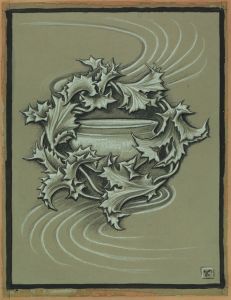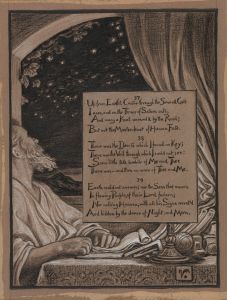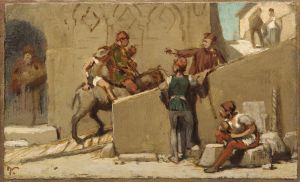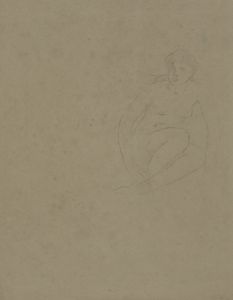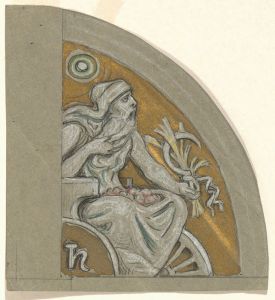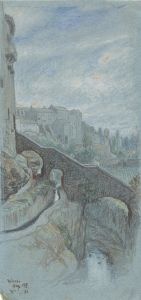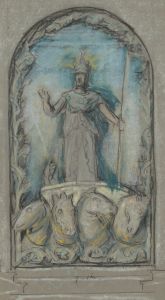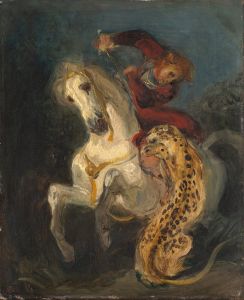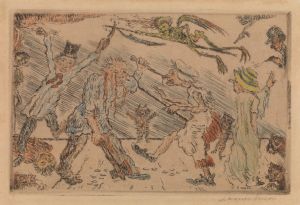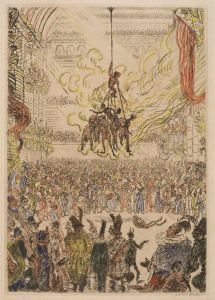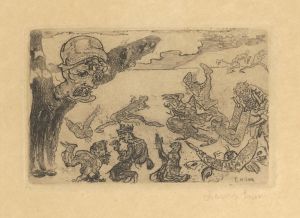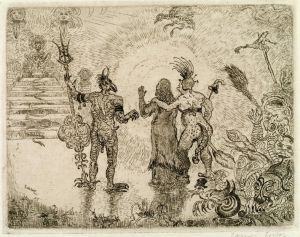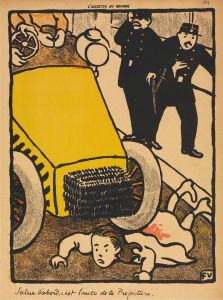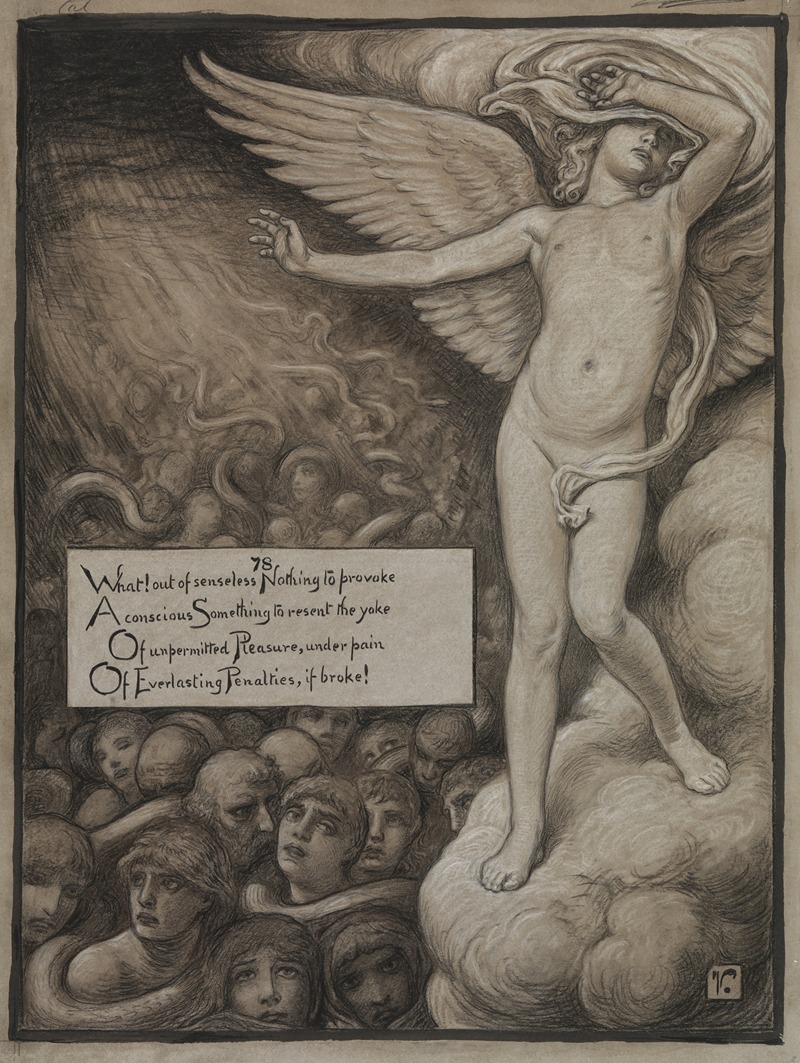
Love Shrinking Affrighted at the Sight of Hell
A hand-painted replica of Elihu Vedder’s masterpiece Love Shrinking Affrighted at the Sight of Hell, meticulously crafted by professional artists to capture the true essence of the original. Each piece is created with museum-quality canvas and rare mineral pigments, carefully painted by experienced artists with delicate brushstrokes and rich, layered colors to perfectly recreate the texture of the original artwork. Unlike machine-printed reproductions, this hand-painted version brings the painting to life, infused with the artist’s emotions and skill in every stroke. Whether for personal collection or home decoration, it instantly elevates the artistic atmosphere of any space.
Elihu Vedder, an American symbolist painter, created the artwork "Love Shrinking Affrighted at the Sight of Hell" in the late 19th century. Vedder is known for his mystical and allegorical themes, often drawing inspiration from literature, mythology, and his own philosophical musings. This particular painting is a compelling example of his ability to convey complex emotional and existential themes through visual art.
"Love Shrinking Affrighted at the Sight of Hell" is a part of Vedder's exploration of the human condition, particularly focusing on the themes of love, fear, and the afterlife. The painting depicts a personification of Love, portrayed as a delicate and ethereal figure, recoiling in fear at the sight of Hell. This imagery is consistent with Vedder's interest in the symbolic representation of abstract concepts and his fascination with the darker aspects of human experience.
The composition of the painting is carefully constructed to evoke a sense of dread and awe. Vedder's use of color, light, and shadow enhances the dramatic effect, drawing the viewer's attention to the contrast between the purity of Love and the terrifying vision of Hell. The painting's background is likely filled with dark, swirling forms, suggesting chaos and torment, while the figure of Love is rendered with softer, lighter tones, emphasizing its vulnerability and innocence.
Vedder's work often reflects his interest in the philosophical and spiritual questions of his time. The late 19th century was a period of significant change and uncertainty, with rapid advancements in science and technology challenging traditional beliefs and values. Artists like Vedder sought to explore these tensions through their work, using symbolism and allegory to address the existential questions that preoccupied many thinkers of the era.
In addition to his paintings, Vedder is also known for his illustrations, particularly his work on the Rubáiyát of Omar Khayyám, which further demonstrates his skill in blending visual art with literary themes. His ability to convey complex ideas through imagery made him a prominent figure in the American symbolist movement, and his works continue to be studied and appreciated for their depth and artistry.
"Love Shrinking Affrighted at the Sight of Hell" exemplifies Vedder's unique artistic vision and his commitment to exploring the profound and often unsettling aspects of human experience. Through this painting, Vedder invites viewers to reflect on the nature of love and fear, and the ways in which these emotions shape our understanding of the world and our place within it. The painting remains a testament to Vedder's skill as an artist and his ability to capture the intricacies of the human psyche in his work.





